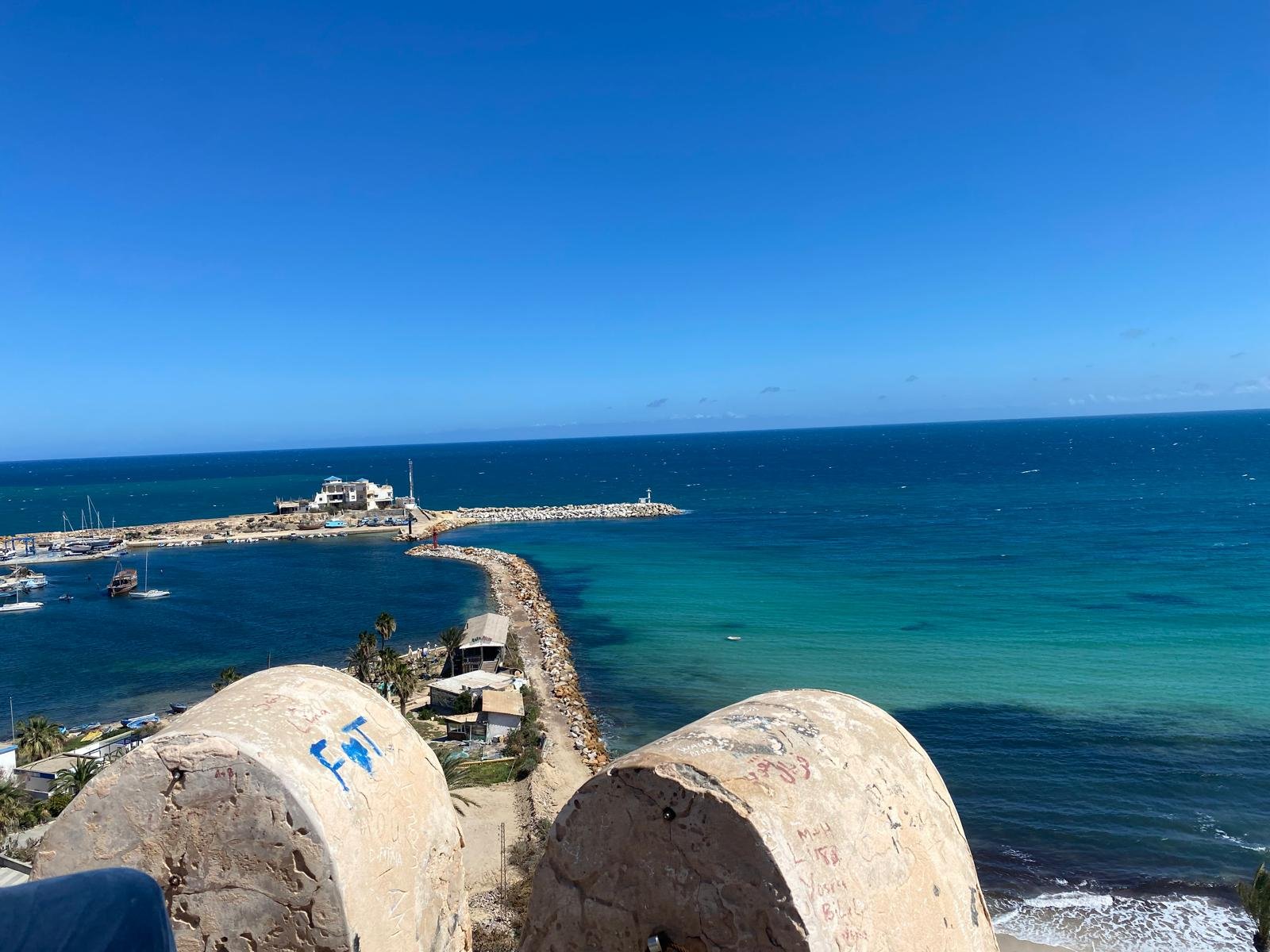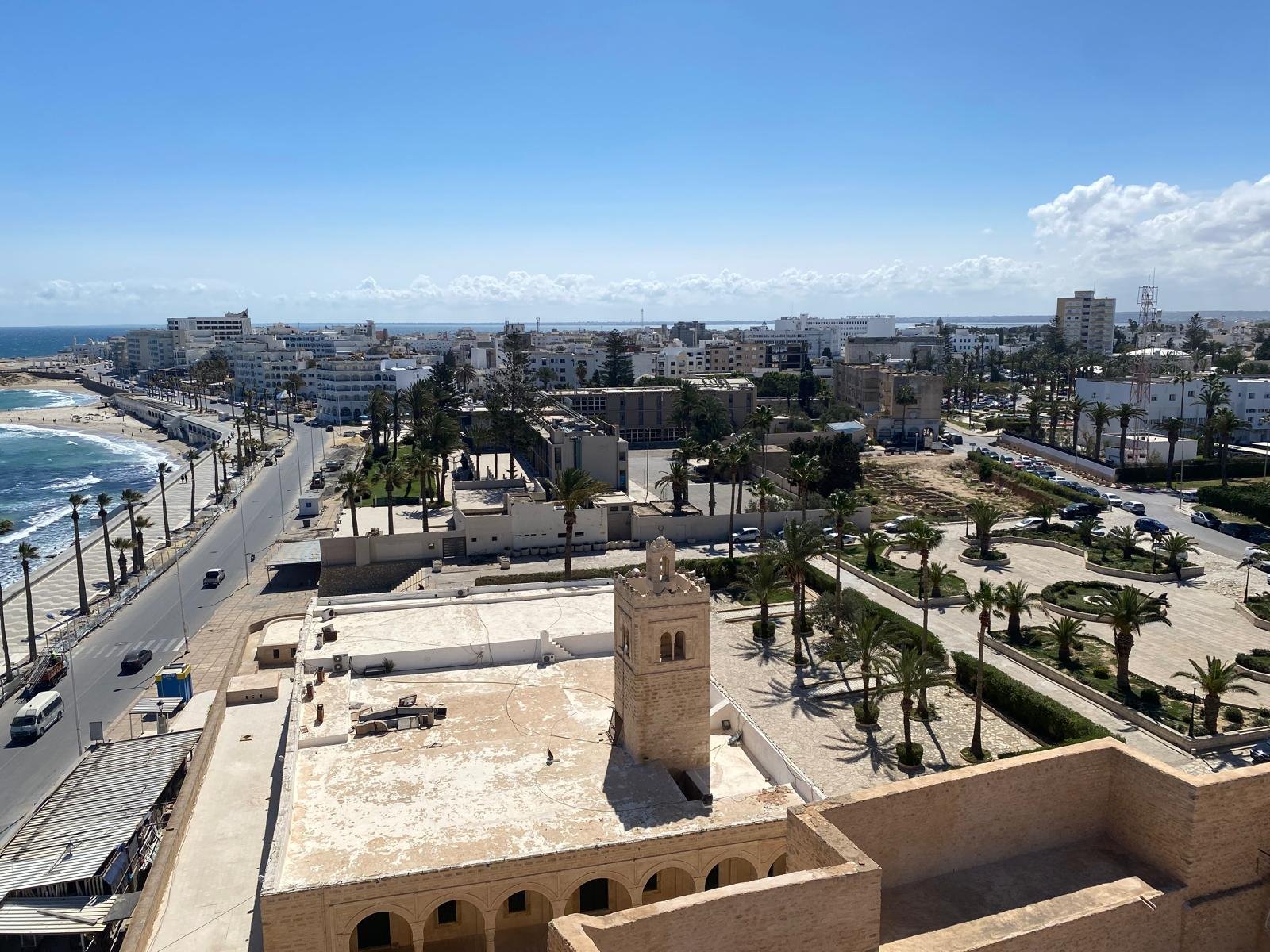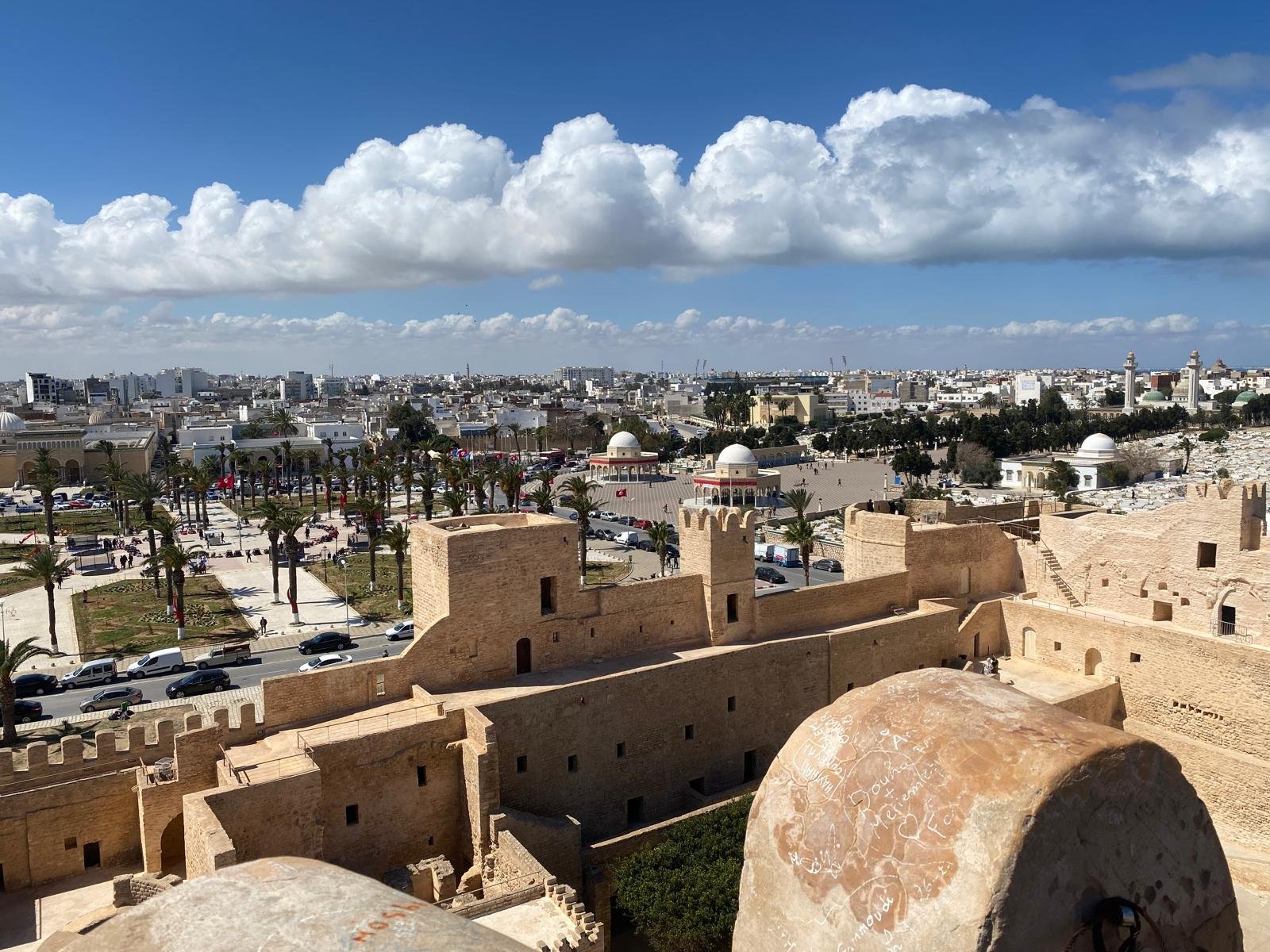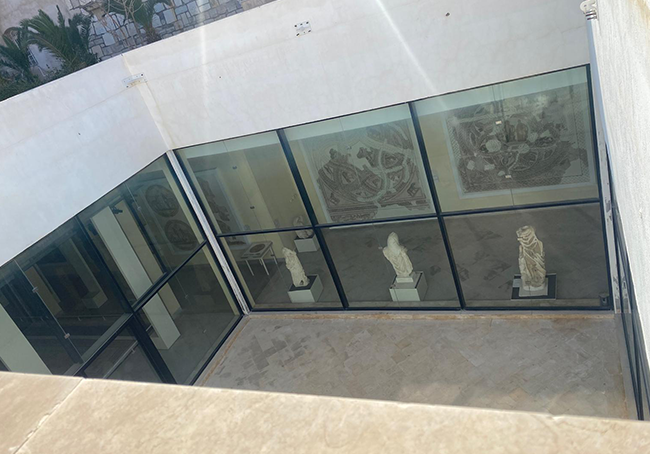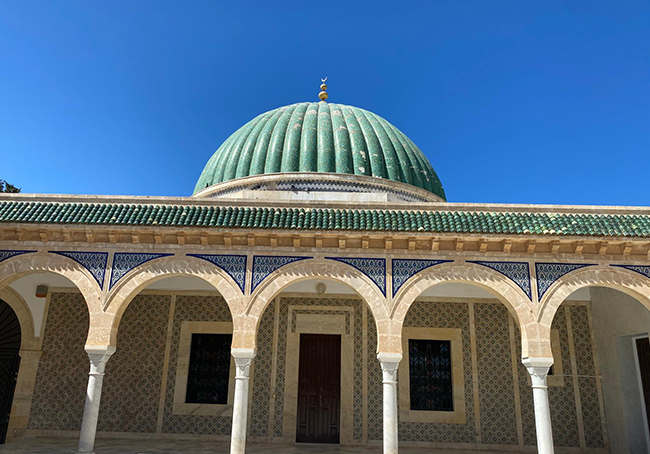After our wedding on March 18, 2023, we embarked on an unforgettable journey to Tunisia. The very next day, March 19, 2023, we caught a flight from Geneva, arriving in Tunisia late in the evening. We decided to spend Monday relaxing at the hotel, preparing for the exciting adventures that awaited us.
Exploring Monastir
On Tuesday, March 20, 2023, we woke up early, eager to explore some of Tunisia's most famous landmarks. Our first destination was the Monastir Ribat, a historical fortification that promised a glimpse into the rich cultural heritage of the region.
The Monastir Ribat: A Historical Marvel
The Monastir Ribat, one of the oldest and most impressive ribats in North Africa, dates back to 796 AD. Originally constructed as a defensive structure against the Byzantine fleet, it later served as a religious and educational center. The ribat is characterized by its austere architecture, featuring thick walls, narrow passageways, and lookout towers offering breathtaking views of the Mediterranean Sea.
Architectural Significance
The Monastir Ribat showcases a blend of military and religious architecture, with its design aimed at both defense and contemplation. The fortress includes a small mosque and a prayer hall, reflecting its dual purpose as a spiritual retreat for ascetic warriors, known as murabitun, who dedicated their lives to both faith and defense.
Visiting the Museum of Ribat Monastir
We also visited the Museum of Ribat Monastir, located within the fortress itself. The museum houses a diverse collection of artifacts that display the rich history and cultural heritage of the area. Exhibits include archaeological finds, ancient manuscripts, ceramic and metal objects, and various other items dating from different historical periods. The museum visit gave us deeper insights into the daily lives of the people who inhabited this area over the centuries.
Cultural and Historical Importance
Throughout the centuries, the Monastir Ribat has played a significant role in the region's history. It has been a site of numerous battles and has served as a refuge for scholars and holy men. The ribat's strategic location and robust construction have made it a symbol of resilience and faith, enduring through various periods of turmoil and change.
Visiting Monastir Ribat
As we wandered through the ribat, we were struck by its serene atmosphere and the sense of history that permeates the site. The well-preserved walls and towers, along with the panoramic views of the sea, provided a unique experience, transporting us back to a time of knights and scholars.
Continuing Our Adventure
After exploring the Monastir Ribat, we decided to continue our journey and visit the Mausoleum of Habib Bourguiba, another significant landmark in Tunisia. We were excited to delve deeper into the country's rich history and learn more about its revered leaders, but that story is for another article.

